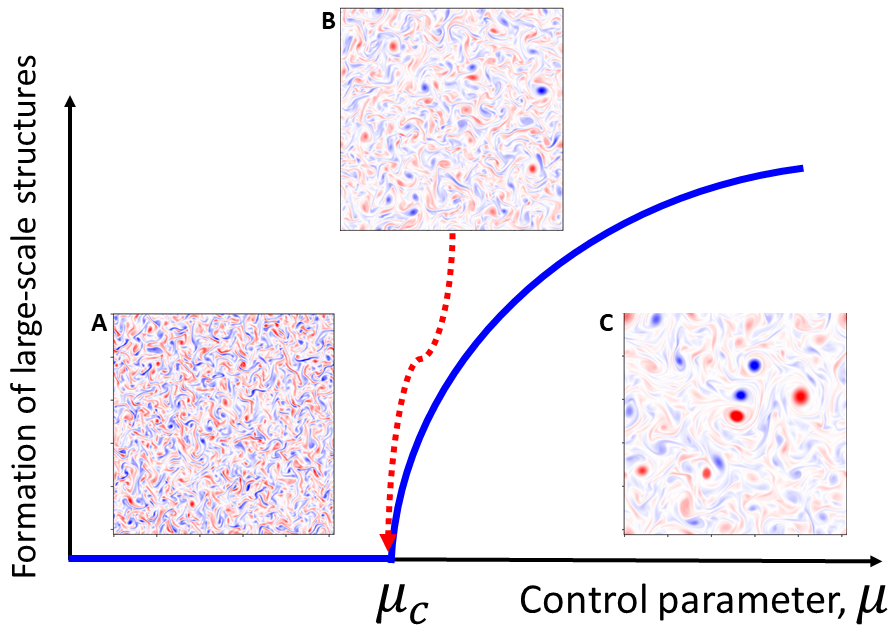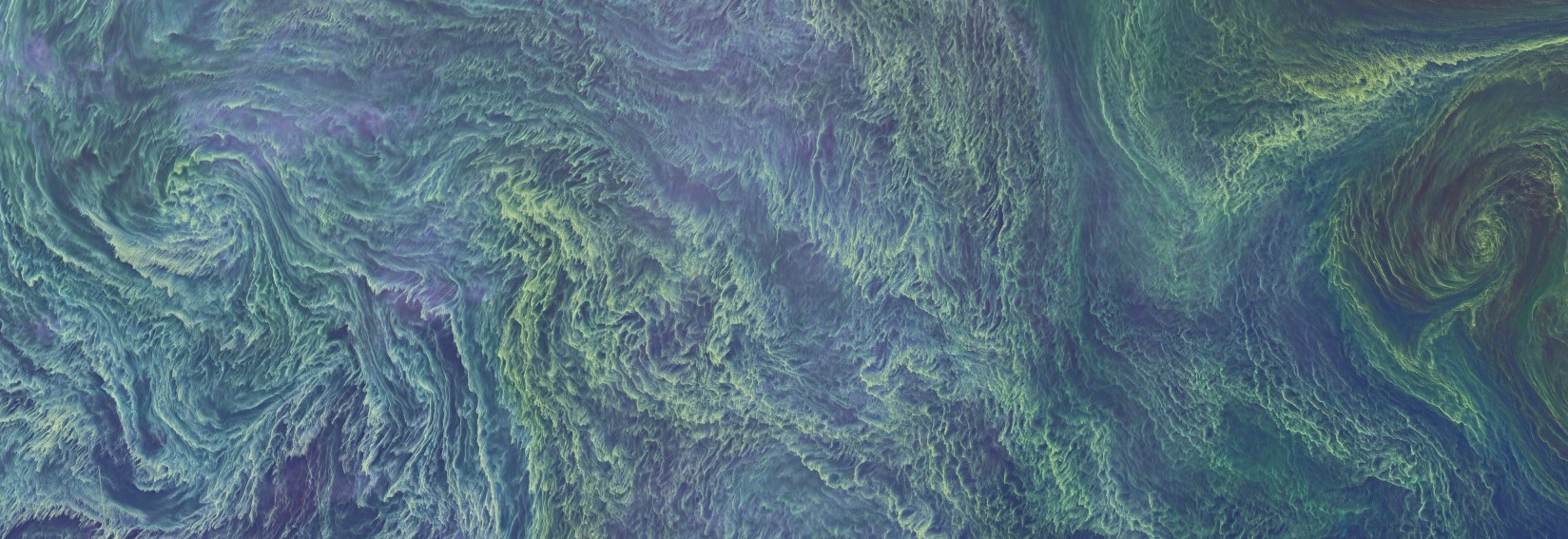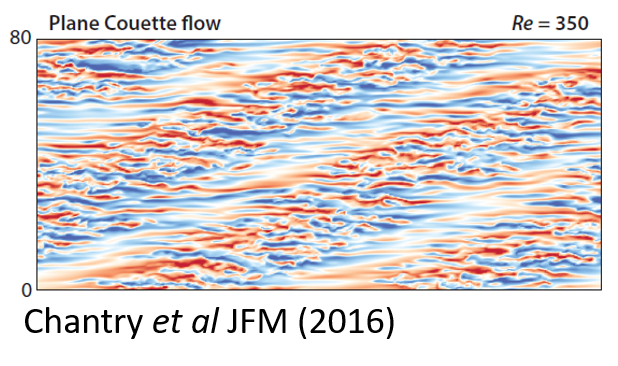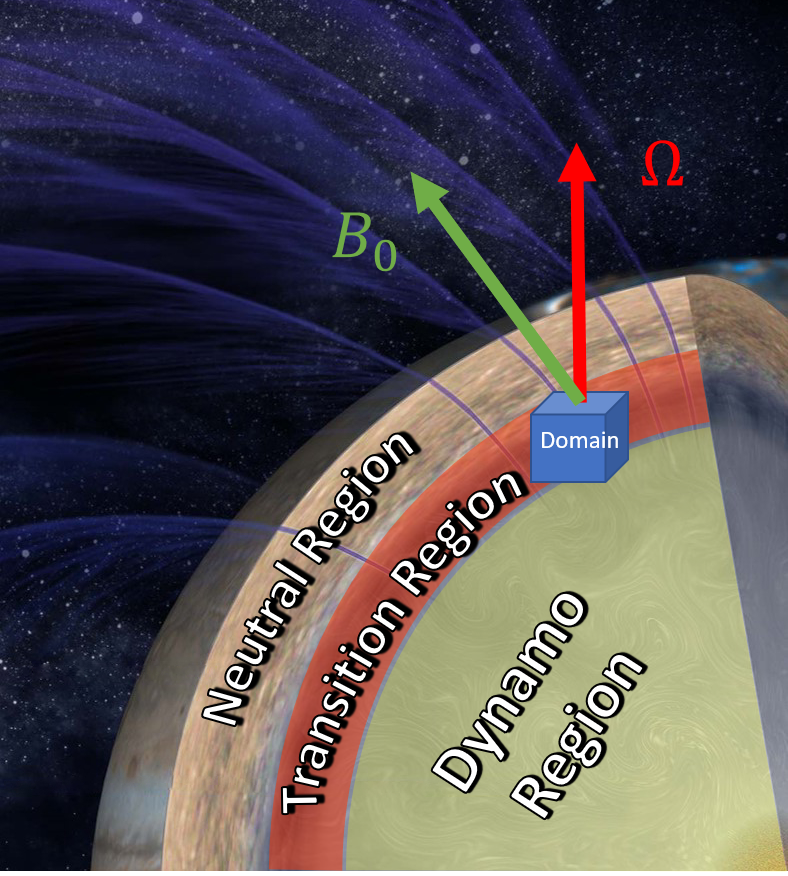Turbulent cascades and phase dynamics

Turbulent flows transfer energy across scales in what is known as a turbulent energy cascade. The turbulent energy cascade in two-dimensional and geophysical flows is strikingly different from that of isotropic three-dimensional flows. My research aims to uncover the mechanisms which drive the energy cascade in these various settings and understand what causes the observed change in behavior. In particular, I focus on the role that triad phases play in the energy cascade.
Collaborators: Miguel Bustamante, Alexandros Alexakis , Kannabiran Seshasayanan, François Pétrélis.




